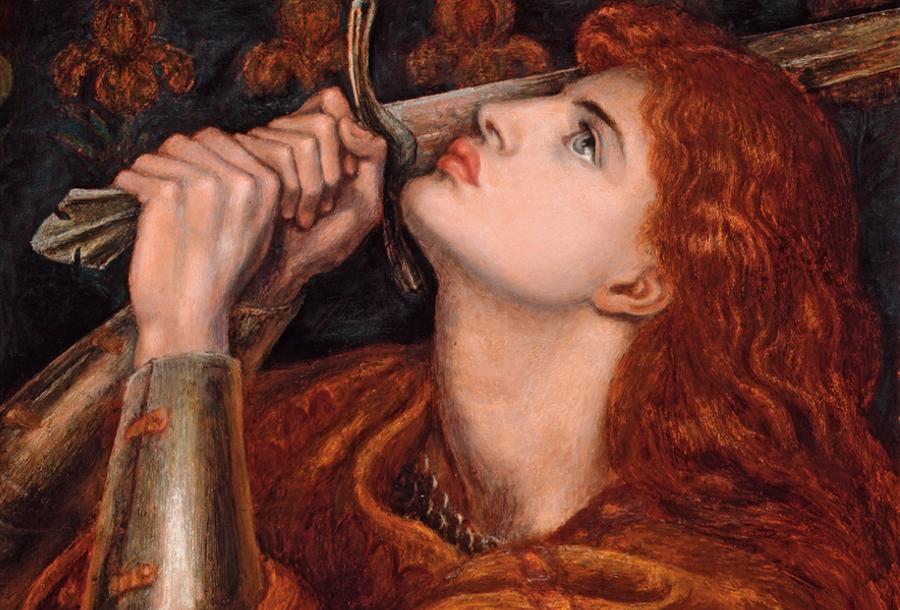Mistruths and legends about the peasant girl who led France’s armies and became a worldwide icon
Subscribe to All About History now for amazing savings!
“Her execution was faked”
The Truth: In 1436, five years after Joan was burned at the stake, a strange, unexpected figure appeared, seemingly out of nowhere. Her alleged identity caught the attention of the whole of France – she claimed she was Joan of Arc and that she had escaped her execution. There had been plenty of women claiming to be the famous Joan of Arc before, but this woman bore a striking resemblance to the young warrior and, most convincing of all, Joan’s own brothers, Jean and Pierre, were with her and attested to the truth of her tale. This ‘Joan’ claimed she had managed to flee her captors and lived in obscurity for years. The tale caught the attention of the nation, and the three travelled around France, were bestowed with lavish gifts and even visited Joan’s old comrades, who consistently identified her as the woman they believed to have lost five years prior.
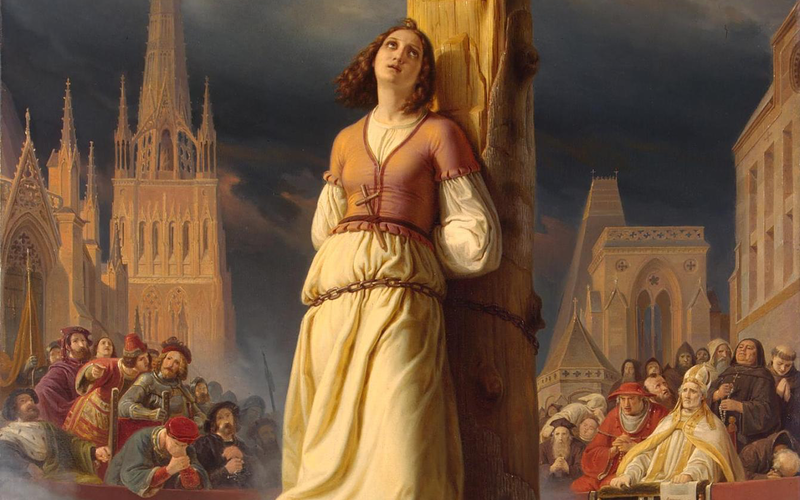
It was during her visit to the French King Charles VII in 1440, the man she had helped to put on the throne in 1429, that the lie was unravelled. The king apparently asked ‘Joan’ to tell him the secret she had told him many years prior; the woman was unable to answer and confessed her treachery, revealing herself to be a woman named Jeanne des Armoises. The idea of the real Joan of Arc escaping her execution can be disproved by the sheer amount of eyewitnesses at her execution. The English were so worried that people would attest that she escaped that they made the executioner push the fire back so all present could see her charred corpse.
“The Catholic Church wanted her dead”
The Truth:The notion that the Catholic Church personally hunted Joan down seems to be coupled with the idea she was either Protestant or guilty of witchcraft, which are both absurd theories. Not only is there not a shred of evidence to support her allegiance to Wicca (a pagan religion) in any way, but when Joan was asked about this at the trial her answers proved not only contempt for pagan practises, but also that she had no real idea what they actually were. Similar can be said about the theory that she was Protestant, and she even threatened to lead a crusade against the Hussites (an early Protestant group) if they didn’t convert to Catholicism. The Catholics present at the trial were led not by some epic religious quest, but by their own personal political allegiances to the English. Most of the Catholic clergy actually supported Joan and she was upheld as a ‘true Catholic’ before she began her campaign.
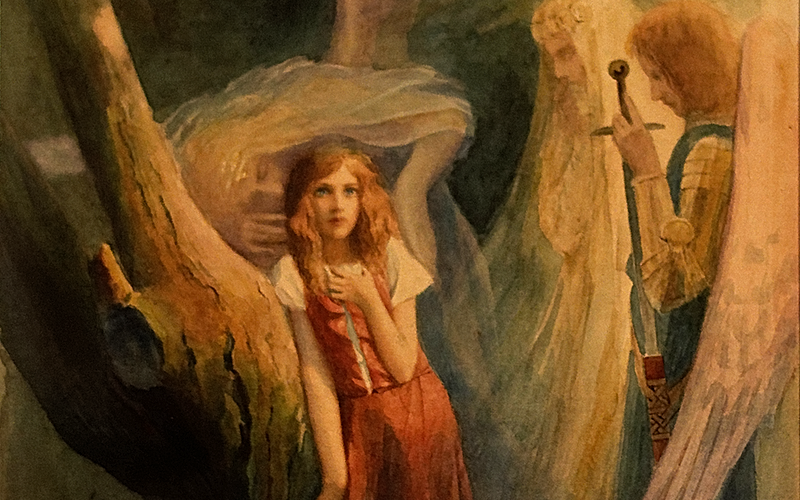
“Joan was a rebellious child”
The Truth:Throughout history rebellious teen girls have frequently been compared to Joan of Arc, with the young saint being portrayed as a devil-may-care rebel who disobeyed her parents to lead armies. The French icon was quite the opposite; quiet, pious, dedicated to her family and diligent, with the most rebellious action attributed to her young years going off to visit local churches without permission. She approached her mission with some reluctance and consistently expressed a desire to return home to her parents. The most damning evidence against her rebellious personality is the fact that the prosecution made the very same claim against her in trial, but were forced to retract the accusation upon finding absolutely no evidence to substantiate it.
“She was a great military tactician”
The Truth:Joan, a naïve 17-year-old peasant girl, certainly showed immense bravery riding into battle alongside seasoned warriors, but she was no military genius. In fact, Joan’s rash actions and reckless decisions proved more than once to be a dangerous addition to the French army. For example, upon approaching Orléans she insisted the English should be attacked from the north as that was where their greatest numbers lay. The commanders were so against this potentially disastrous strategy that they took the convoy on a different route without telling Joan. When the attack did happen, Joan was napping and nearly missed the entire battle. When the young warrior acted of her own accord and tried to attack the stronghold of Boulevart, she narrowly escaped disaster and had to be dragged off the field amid mass panic. After this she was asked to sit out on the assault the next day, a request she ignored.
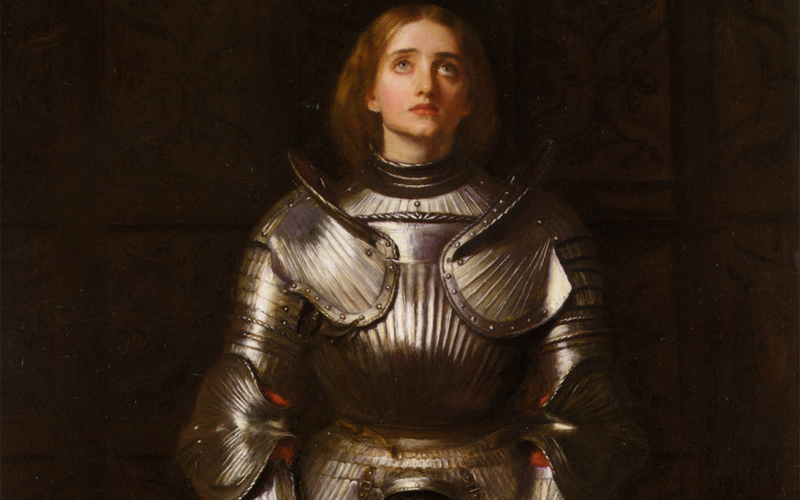
“The French victory in the Hundred Years’ War was thanks to Joan”
The Truth:Although there is no denying Joan’s presence helped lift the siege of Orléans, leading to the crowning of Charles VII, it would be incorrect to attest the ultimate French victory to her. Not only was Joan executed 20 years before the final battle at Castillon, but several other important factors led to the eventual French victory. The period of the war was a transition period for France, as the country developed from a medieval feudal system to a modern state with a professional army. The long periods between individual conflicts of the war allowed the French army to gather its strength and become a fierce, organised force. The English army were faced with severe funding issues and became distracted with conflict back at home that led to the War of the Roses, so the French campaign became unfeasible. While Joan certainly inspired nationalism among a dejected army, the intricacies of the war are far too varied and complex to place the victory solely on one brave woman with a banner.
“Women didn’t lead armies”
The Truth:The most unusual thing about Joan’s command of an army is not her gender, but her social standing. It was common during the era for aristocratic women to command their family’s forces in the absence of a brother or husband. And rather than going against the grain and breaking social norms, this was actually adhering to the feudal society in France at the time. Joan was granted command because of the religious society that believed anyone could receive a divine calling, and it should be listened to. It is highly unlikely that a legion of male soldiers would have followed her word if the inclusion of women in battle had not already been widely accepted at the time.
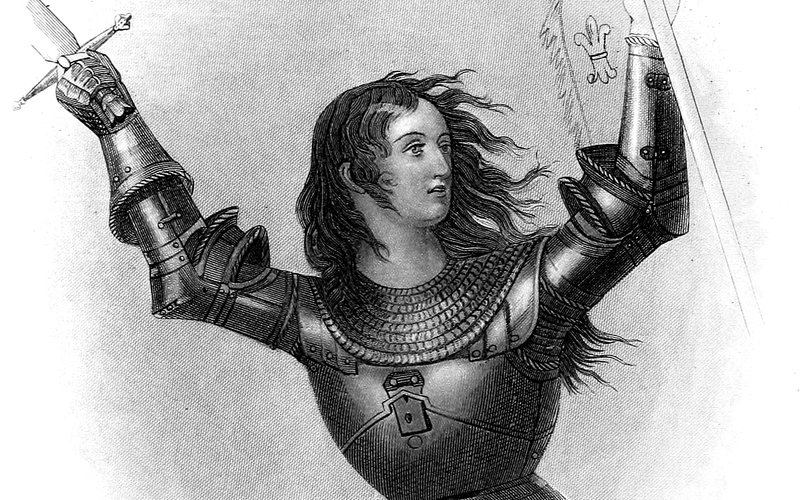
“She wasn’t intelligent”
The Truth: Joan said herself that she “did not know ‘a’ from ‘b’,” but this does not mean she was stupid. It is especially obvious when examining the court transcripts from her trial that she possessed a quick mind. For example, when asked by a man with a thick accent what language the voices in her head spoke in, she replied that they spoke better than he did. Her responses show that she was a woman with good mental reasoning and intelligence. It is important to remember that she was able not only to convince Charles VII, but also a legion of high-ranking military officials that she deserved a place leading their army.
“She lied about the voices in her head”
The Truth: The appearance of three mysterious voices in Joan’s head sent the French teenager off in her quest to expel the English from her homeland. The accusation that Joan was lying about these holy voices was as common at the time as it is today. At her trial Joan was asked frequently about the voices, about what they told her to do and the nature of their appearances. Considering Joan was representing herself and was subjected to daily physical and mental exhaustion, it would not have been surprising if her tale deviated – but it did not. Under constant questioning Joan’s account of her miraculous visions remained constant. Joan experienced her first vision when she was 12 years old; the voices told her to drive the English out of the country and bring the dauphin Charles to Reims to be crowned. It wasn’t until she was 16 that she felt compelled to follow them.
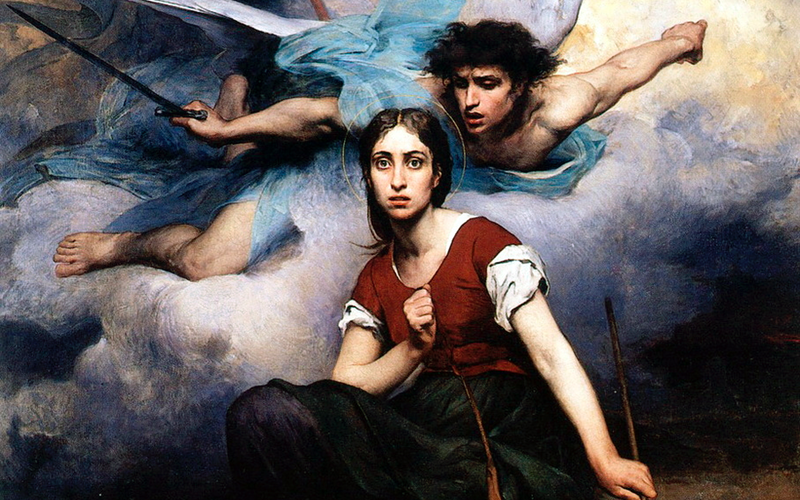
It seems unlikely she made the three saintly voices up for attention, as the story would likely unravel under the interrogation of skilled lawyers. Whether the voices really did come from saints and angels as Joan claimed is impossible to validate, but what we can say with some certainty is that Joan believed the voices she heard were legitimate, and she followed them despite putting herself in danger.
Originally published in All About History 19
Subscribe to All About History now for amazing savings!

